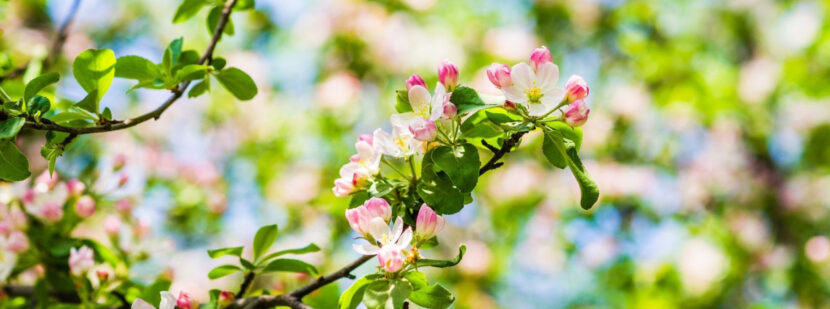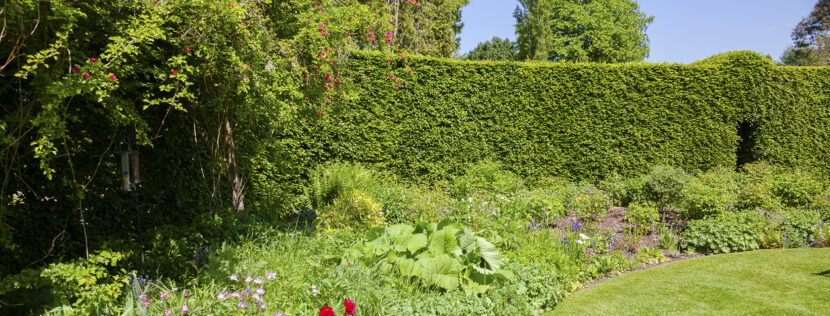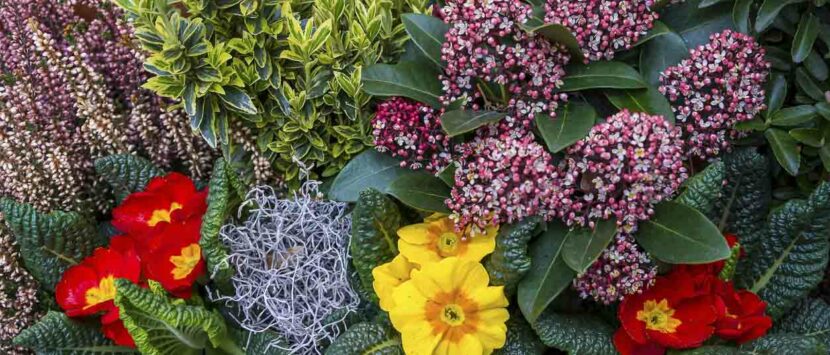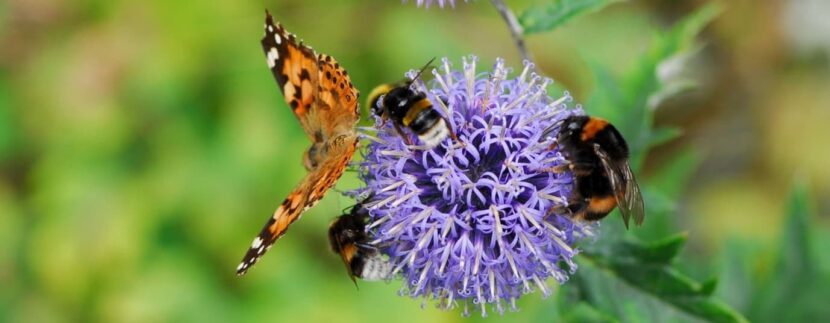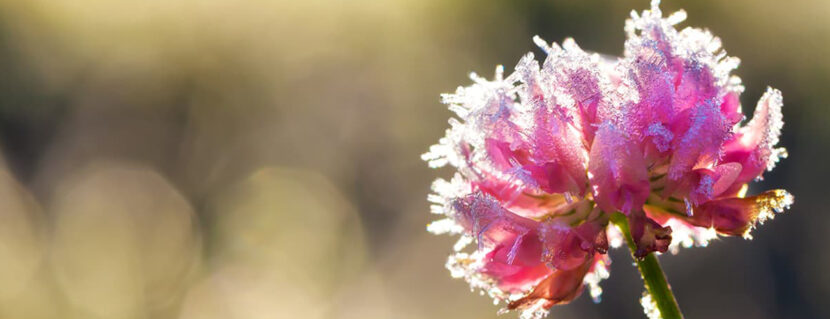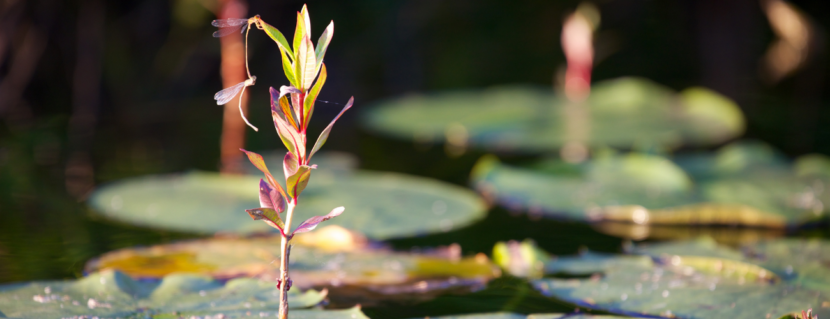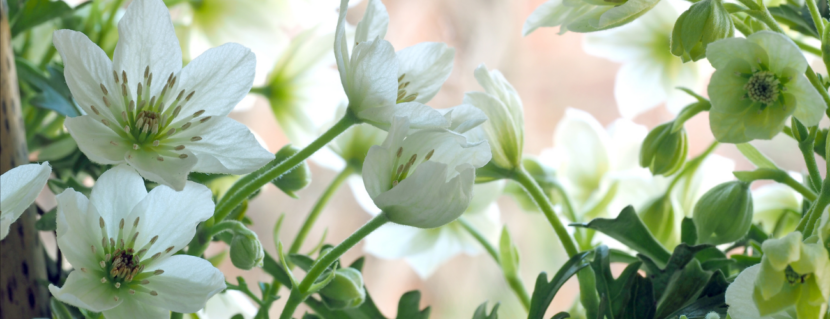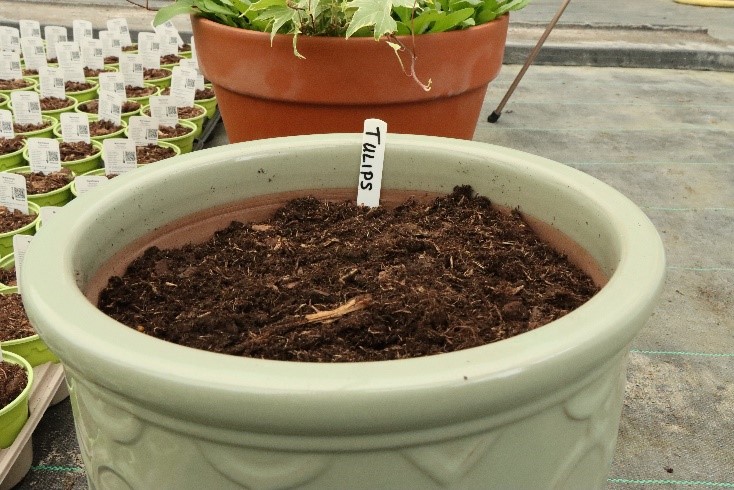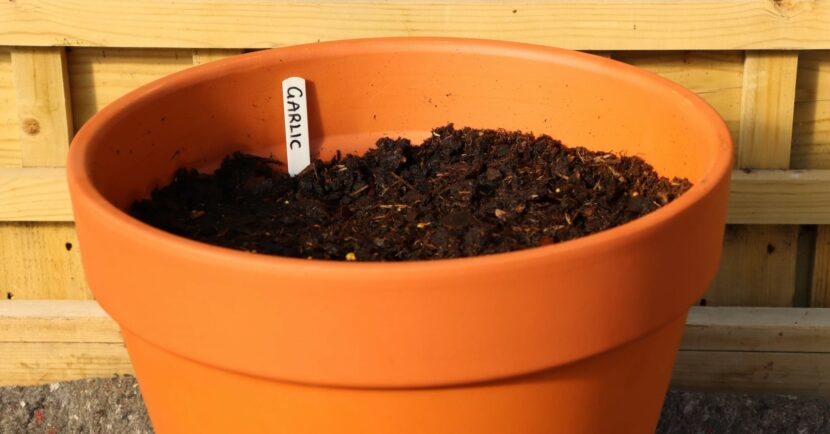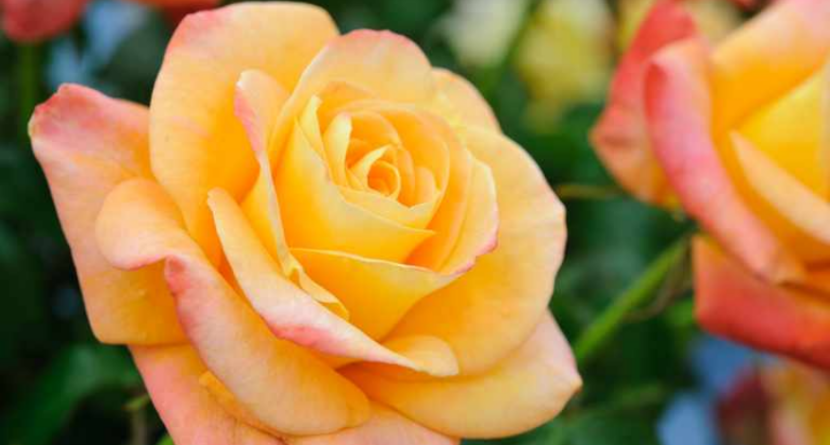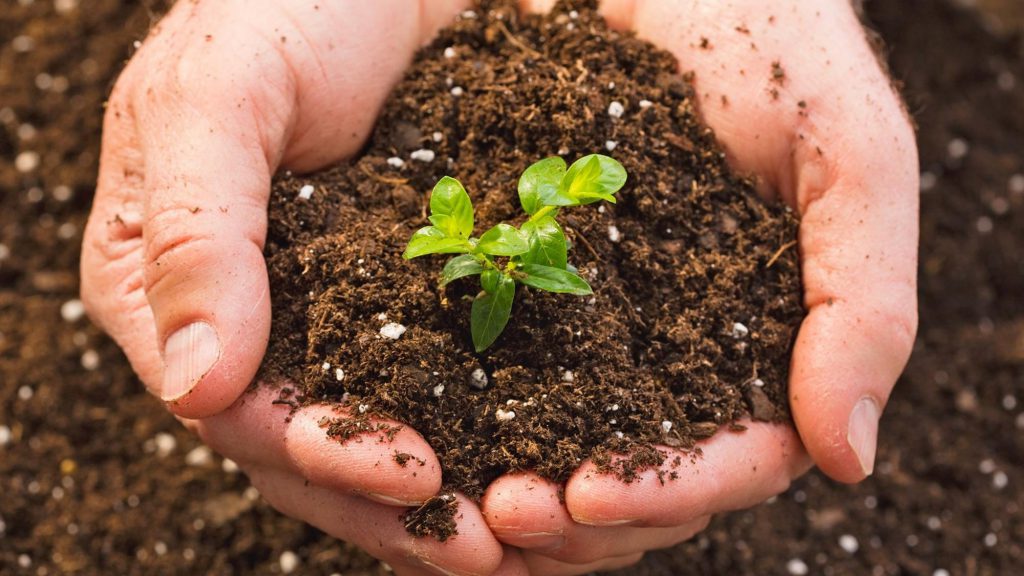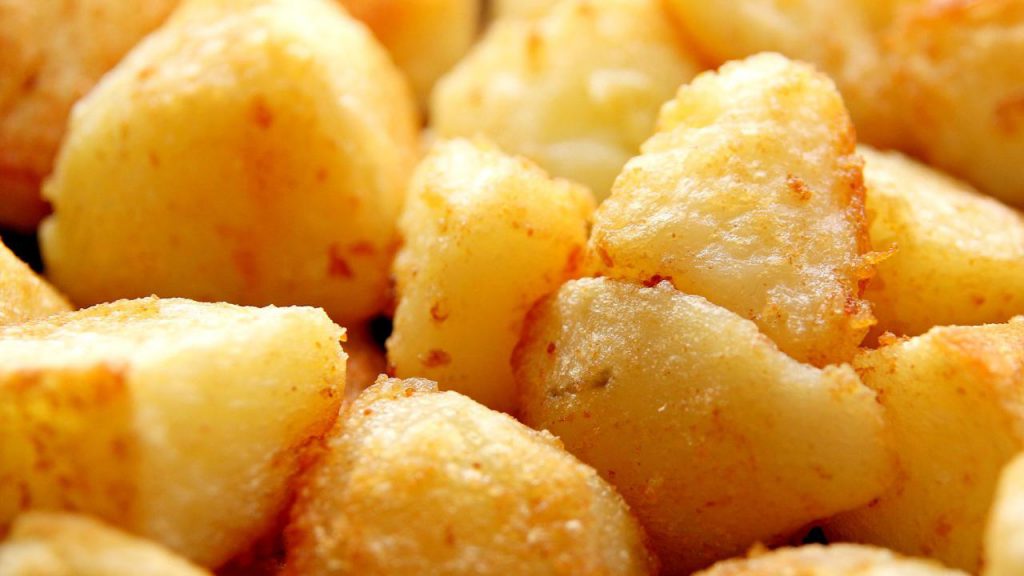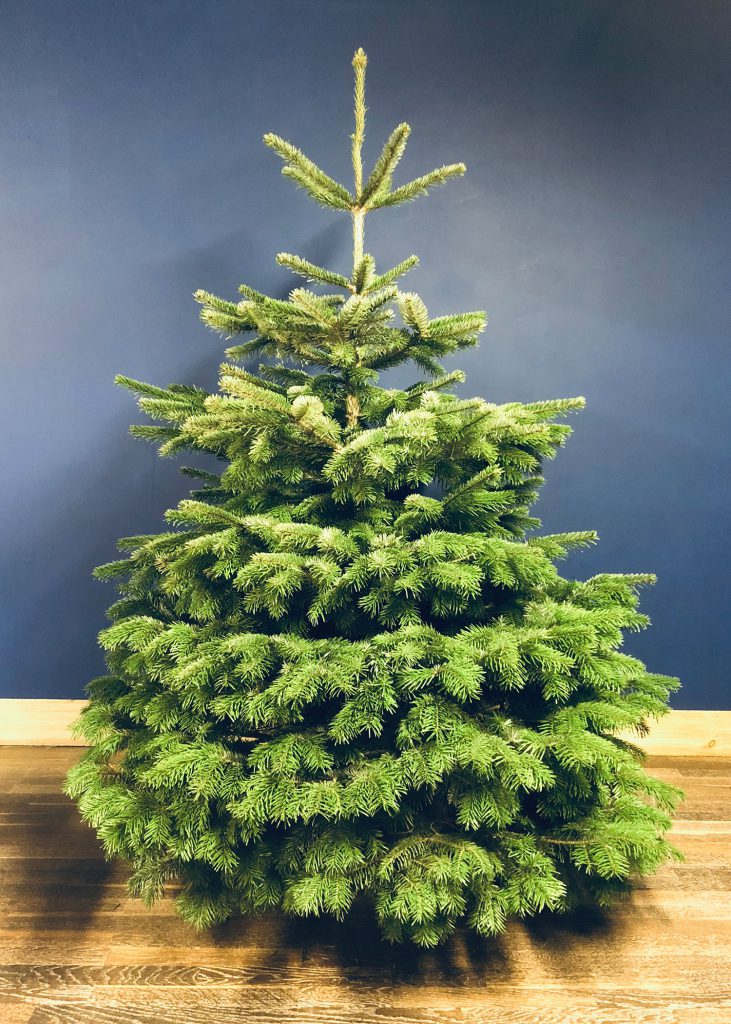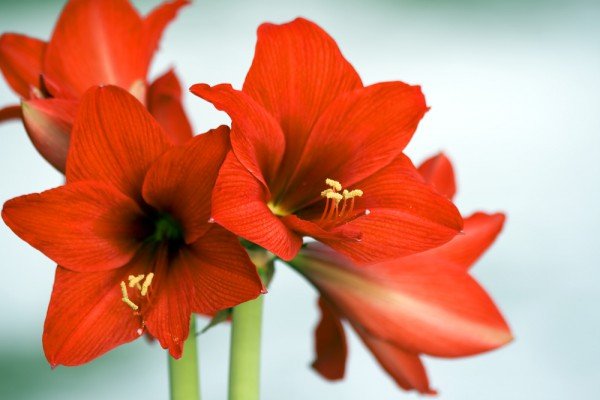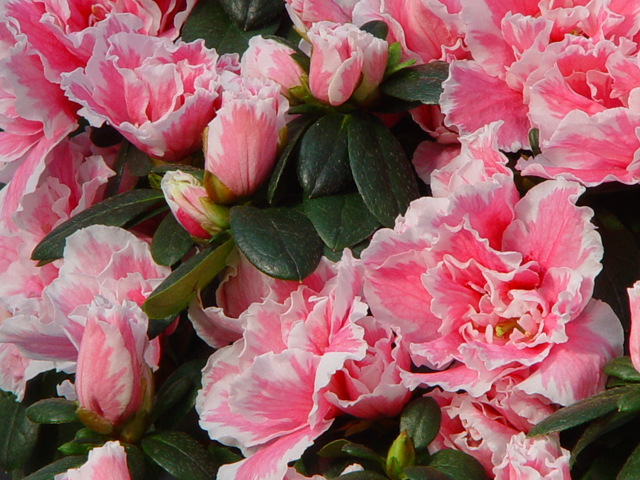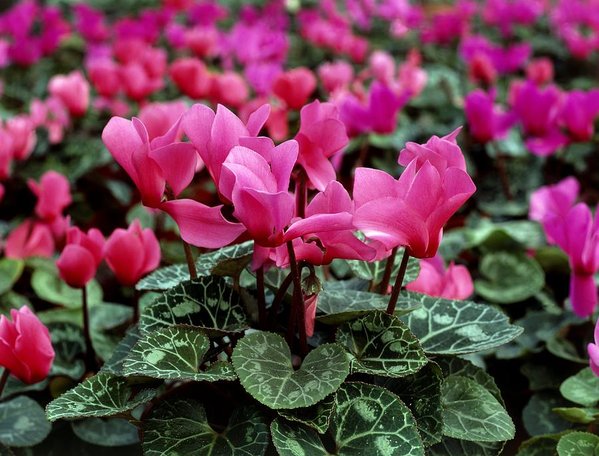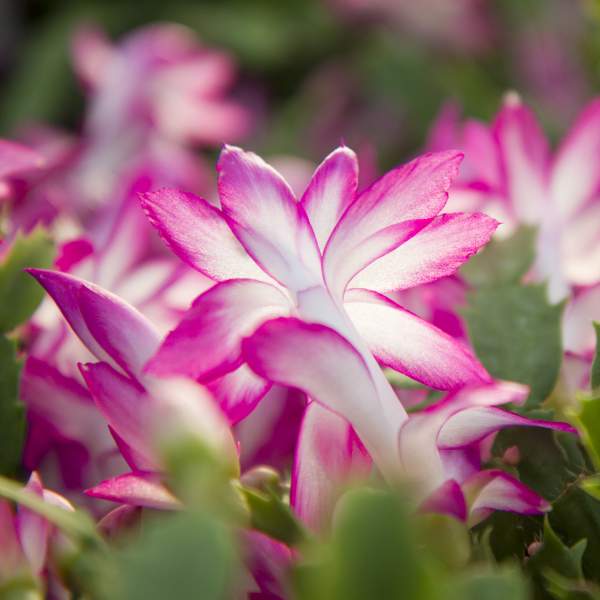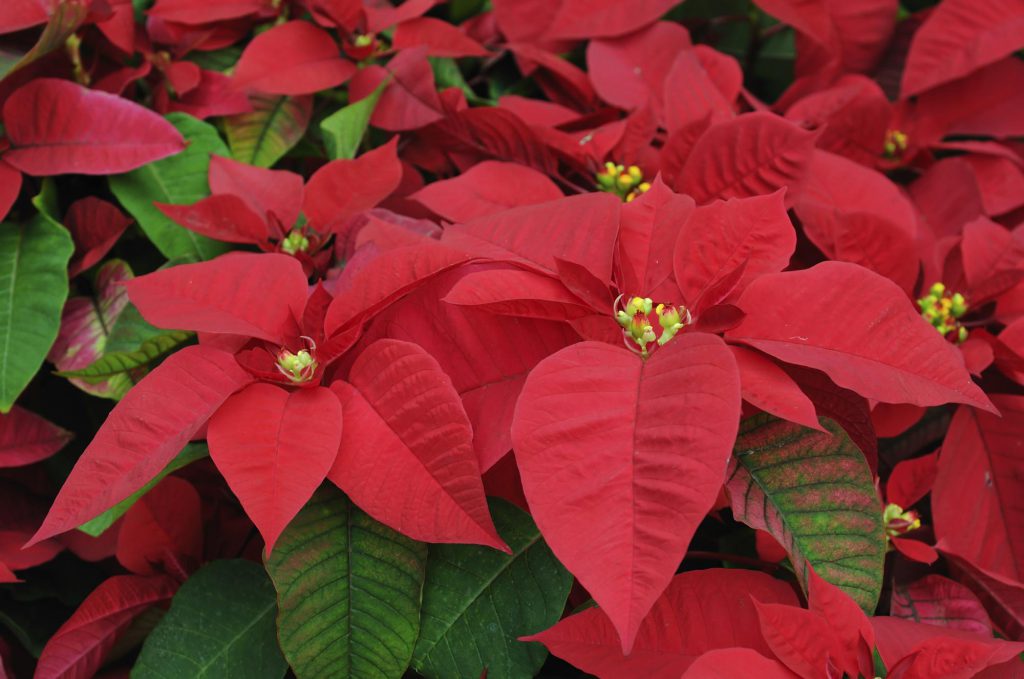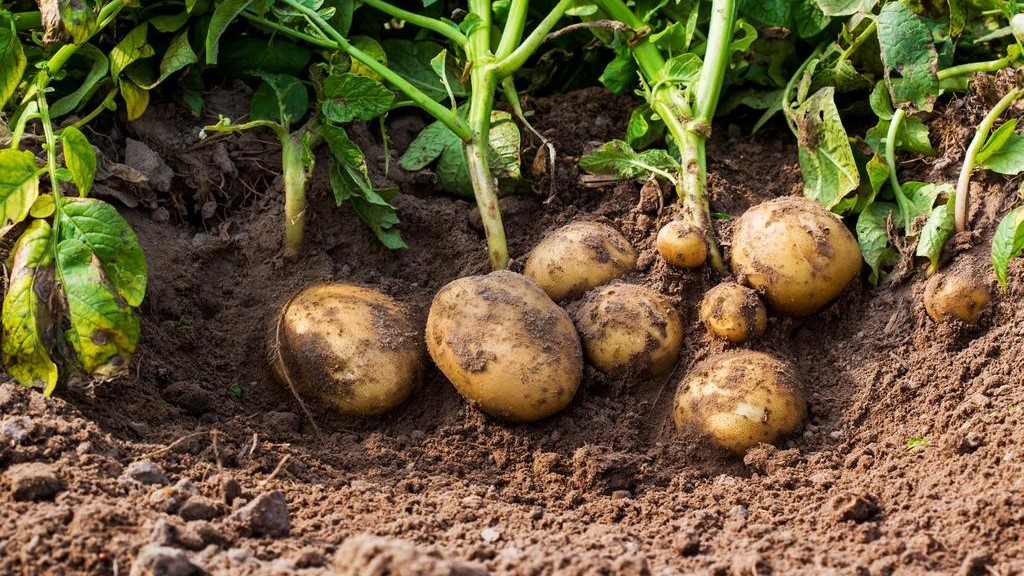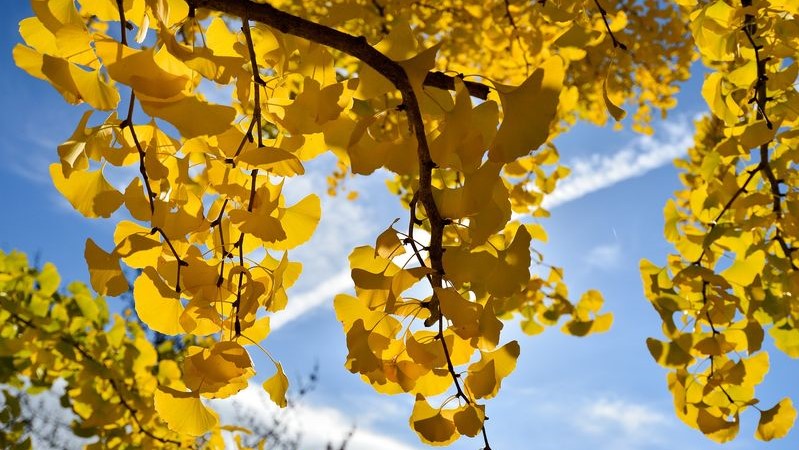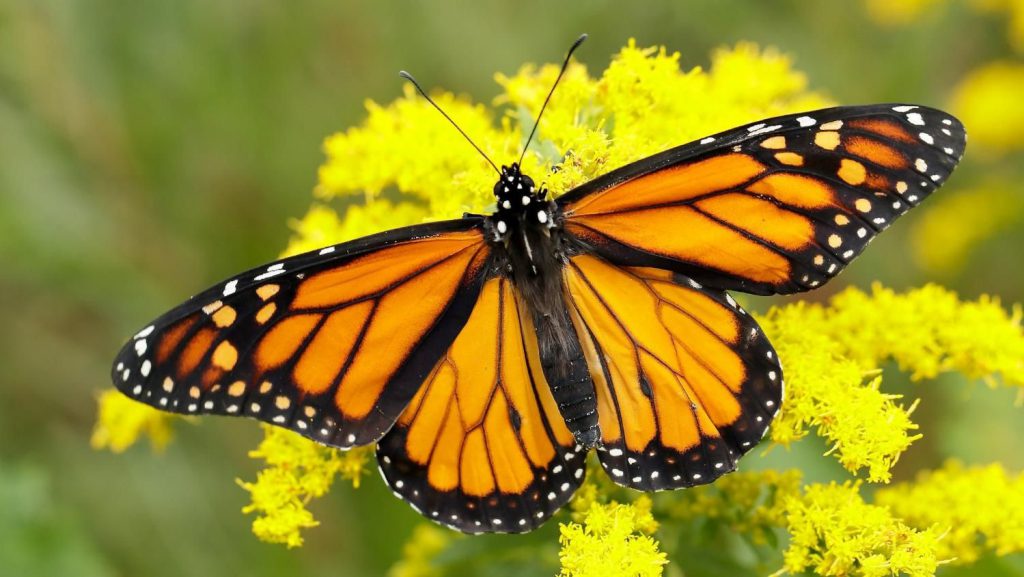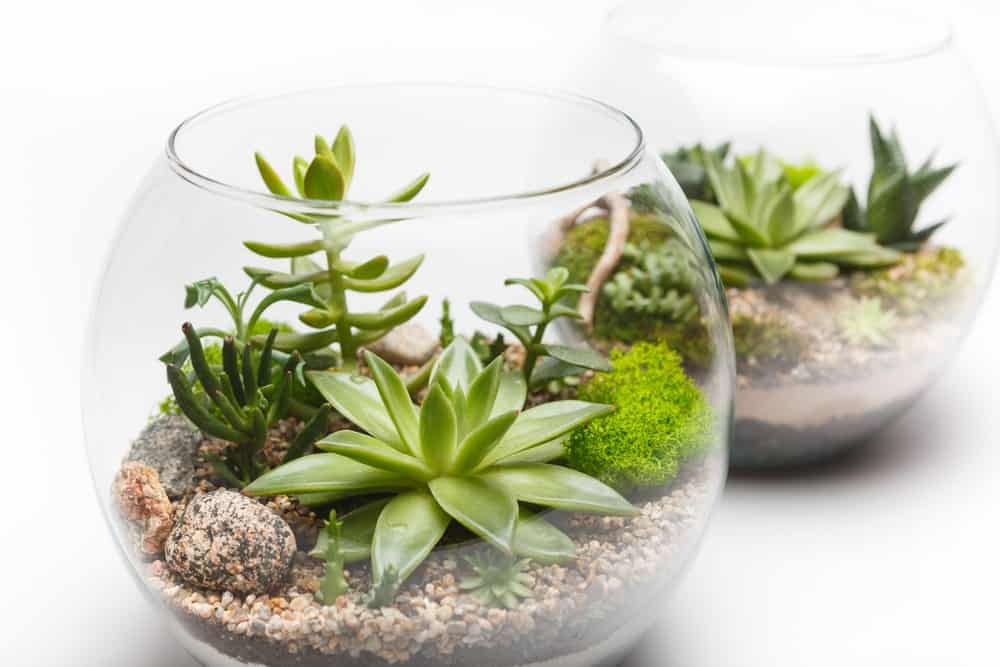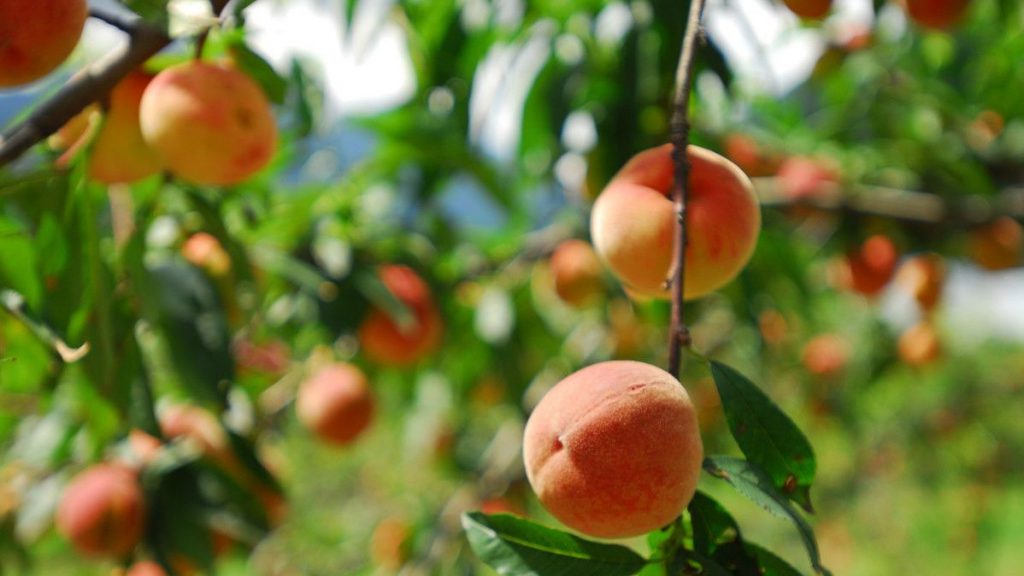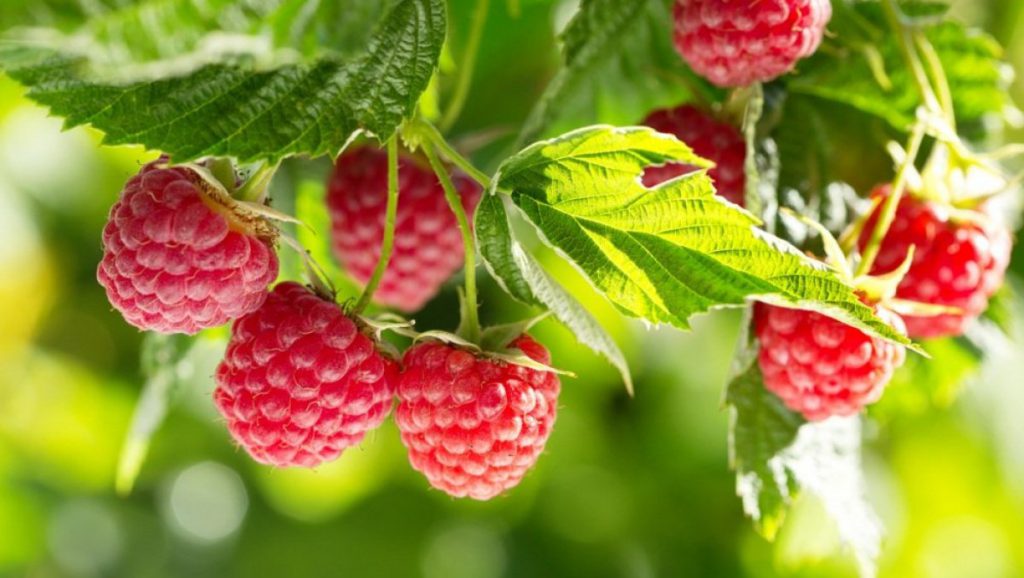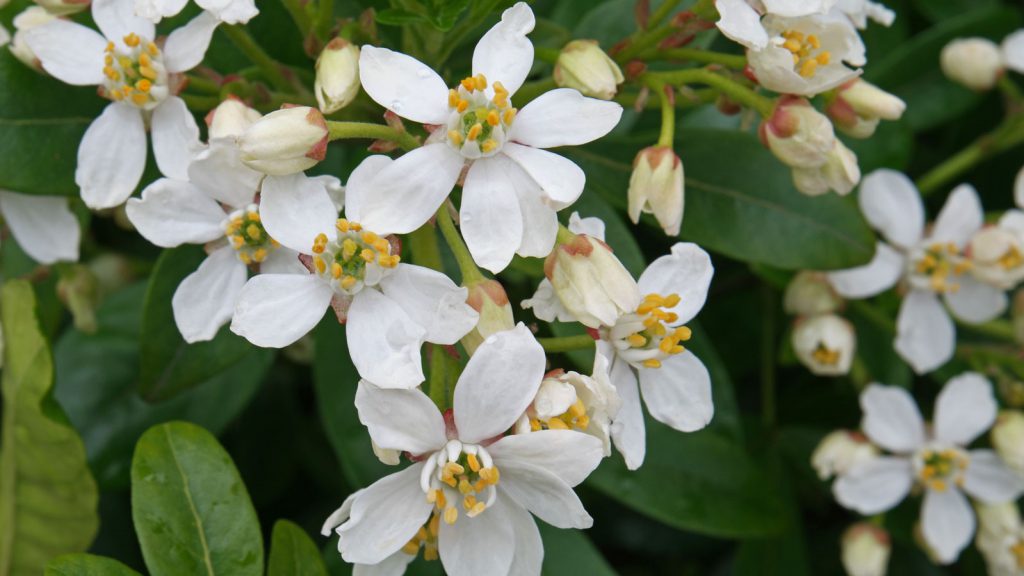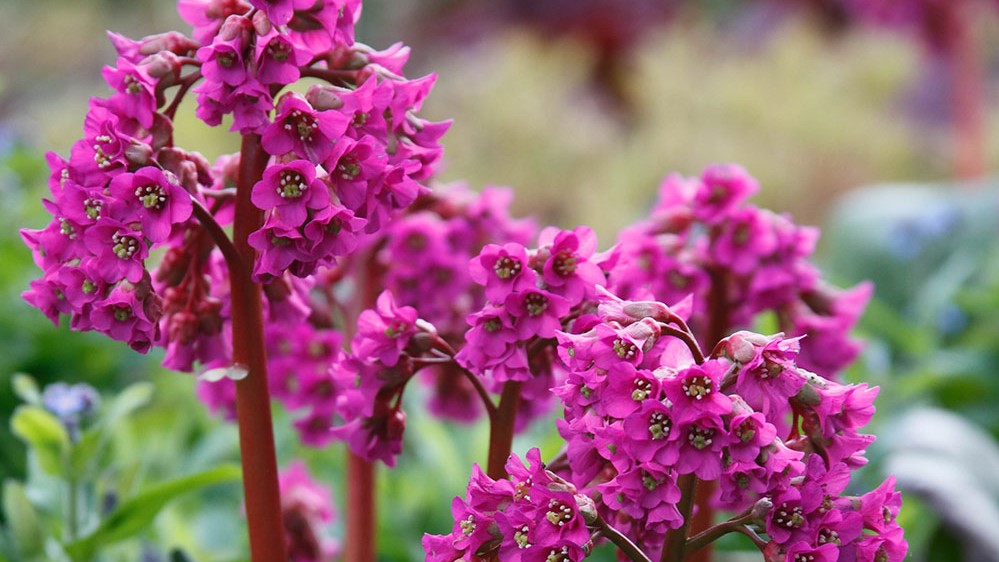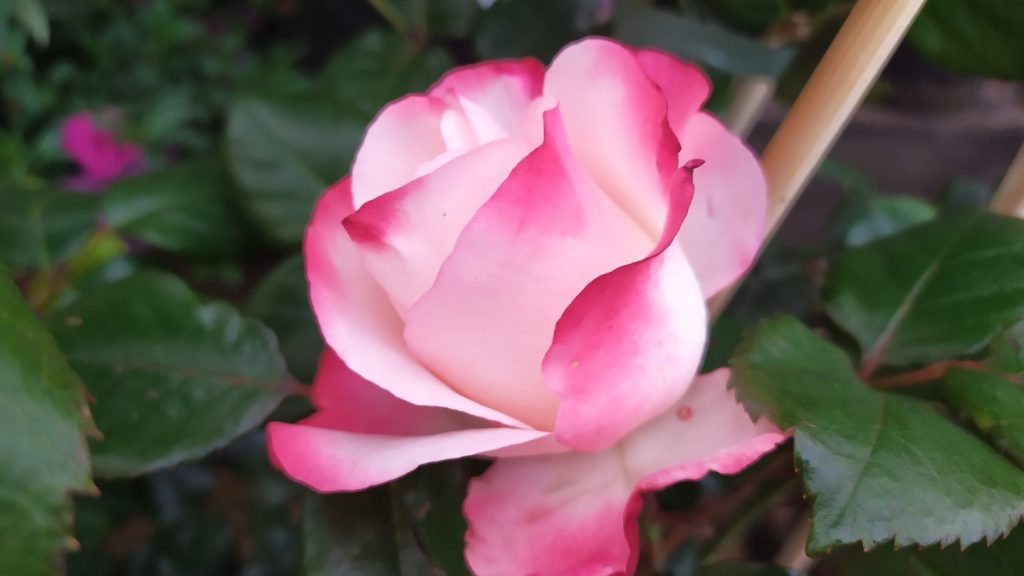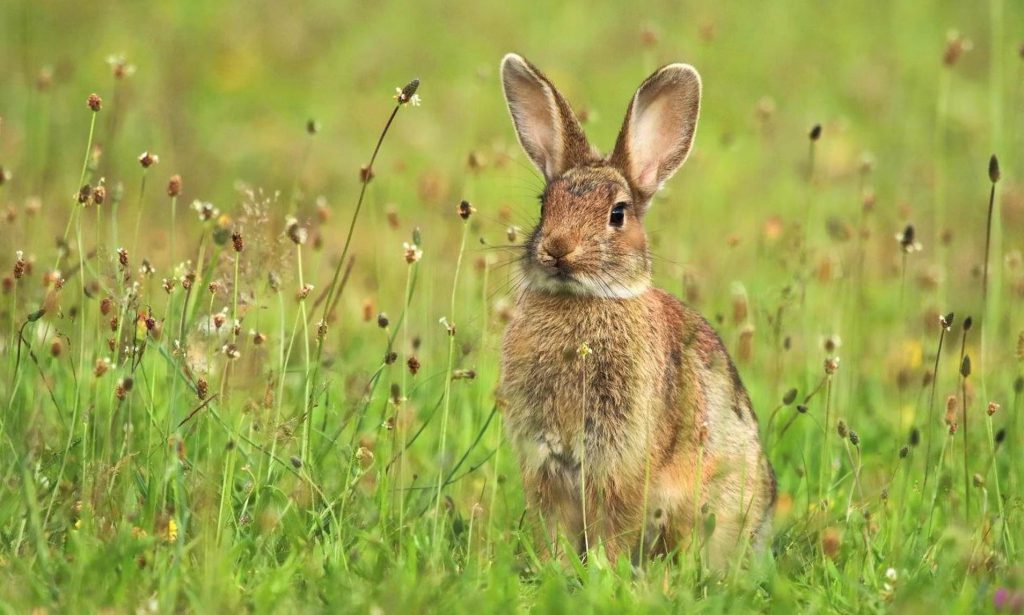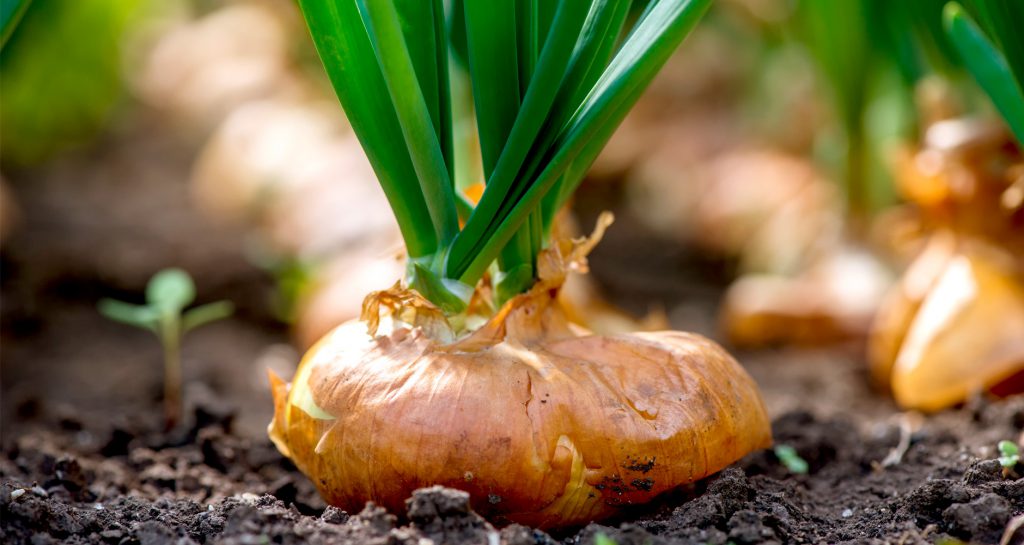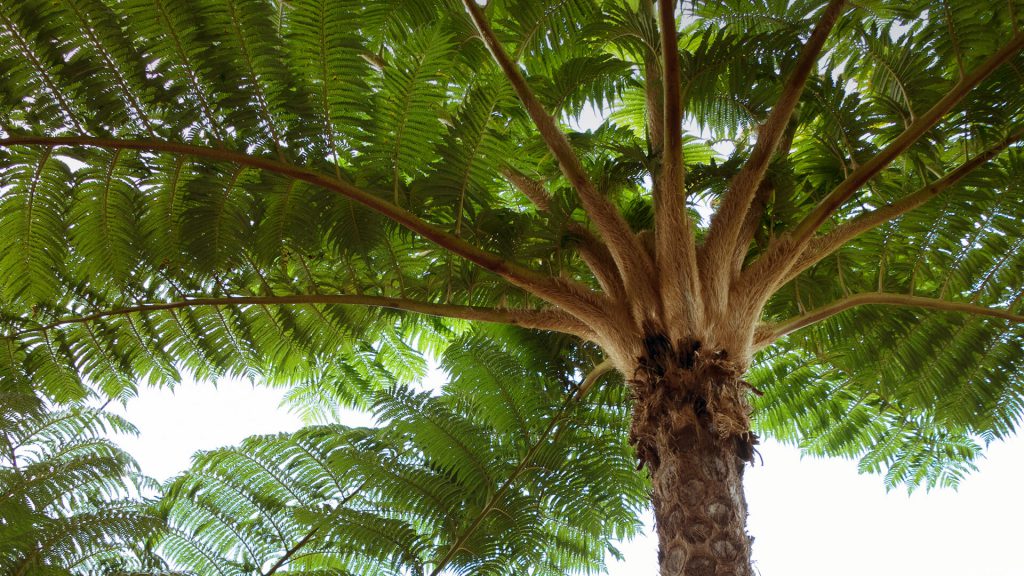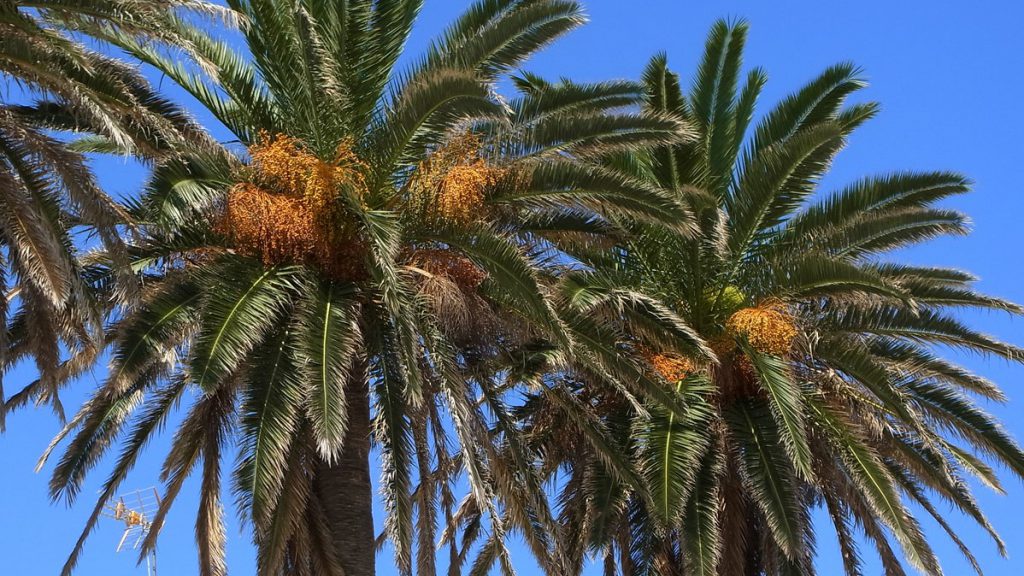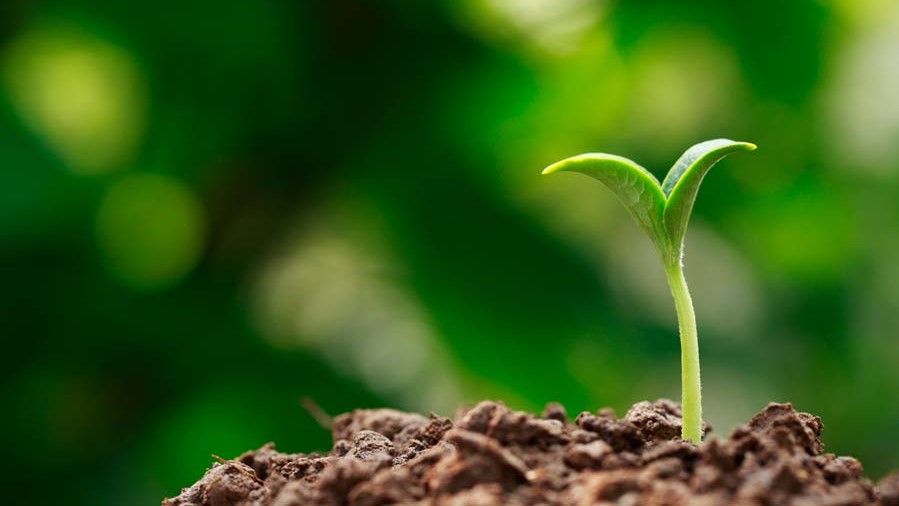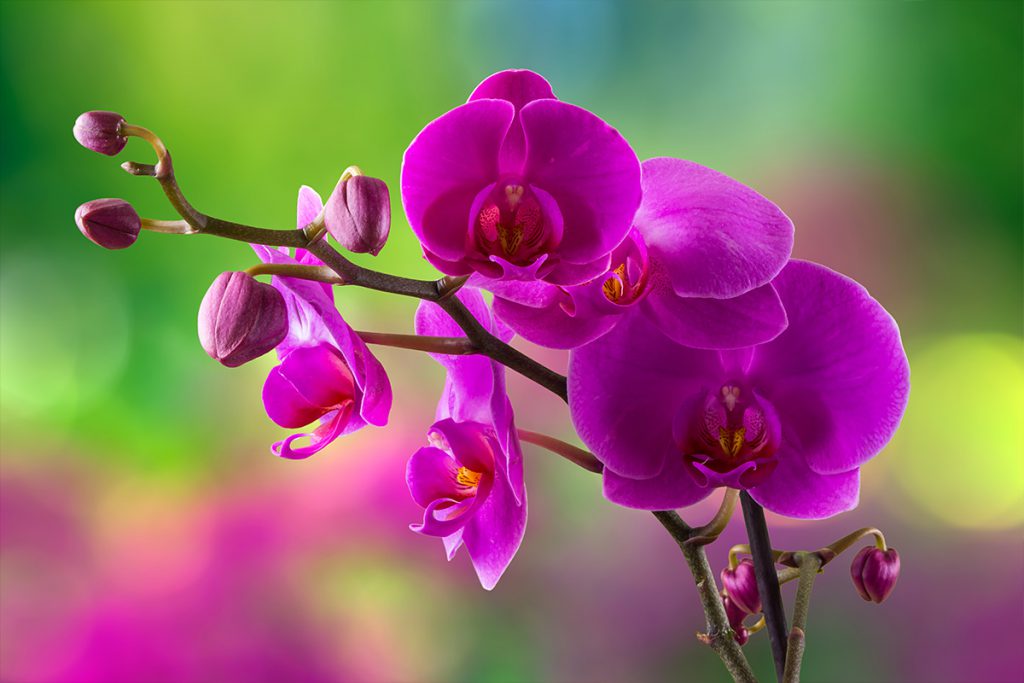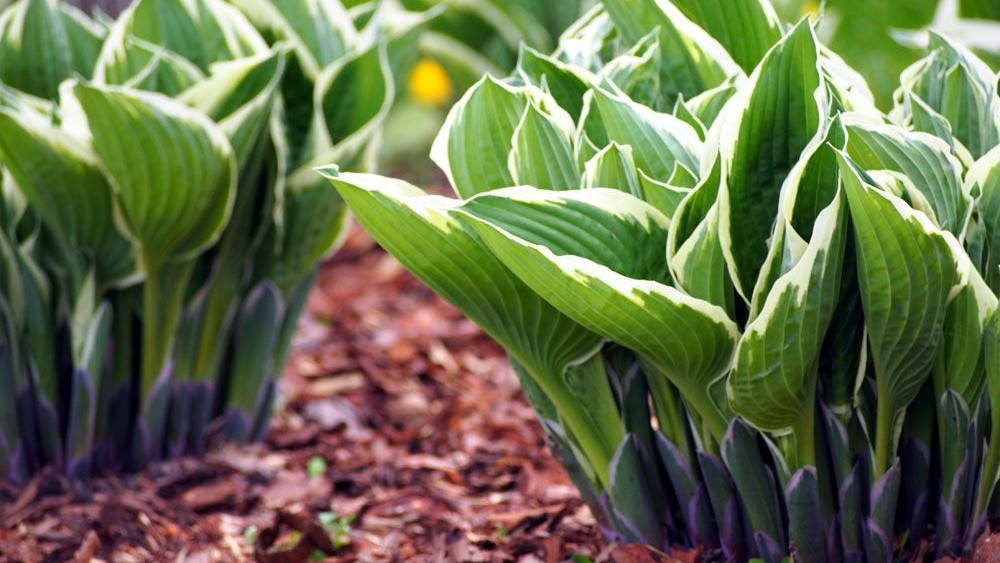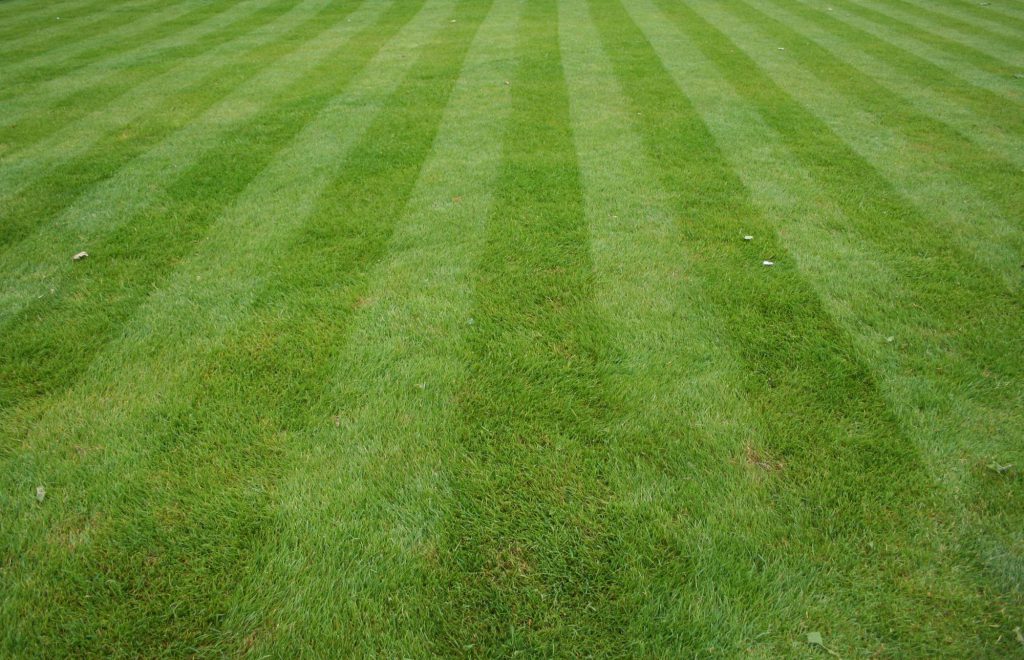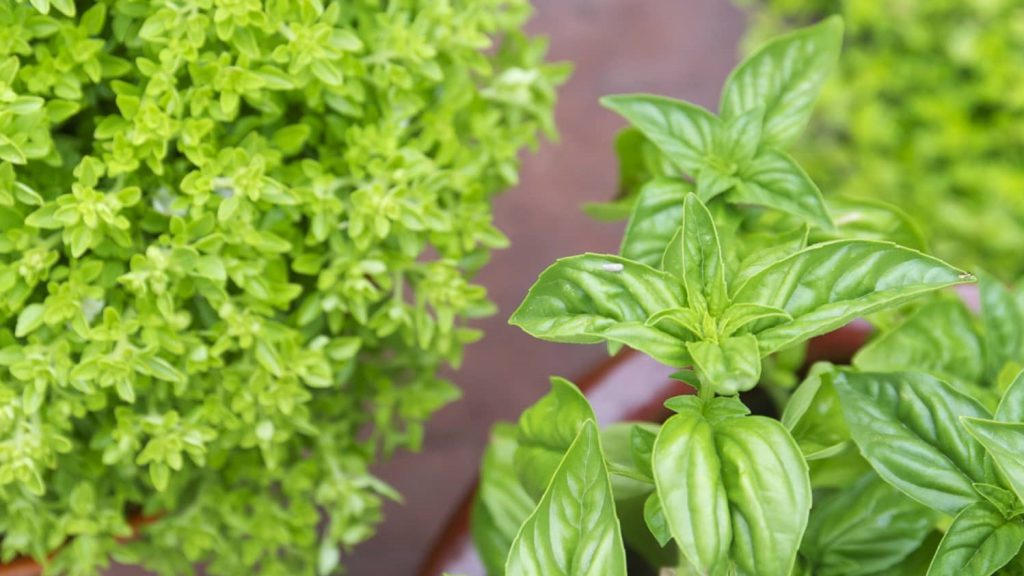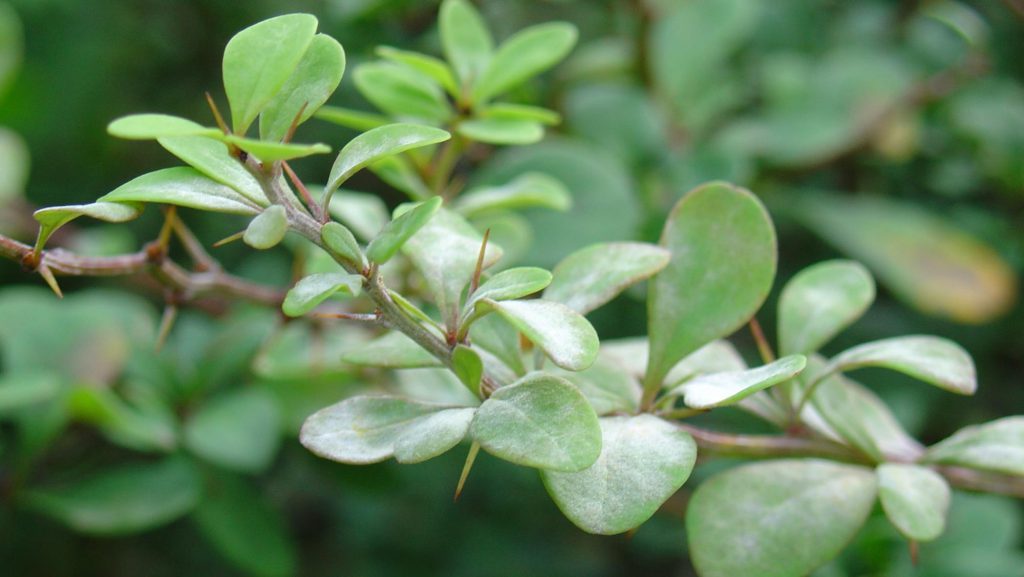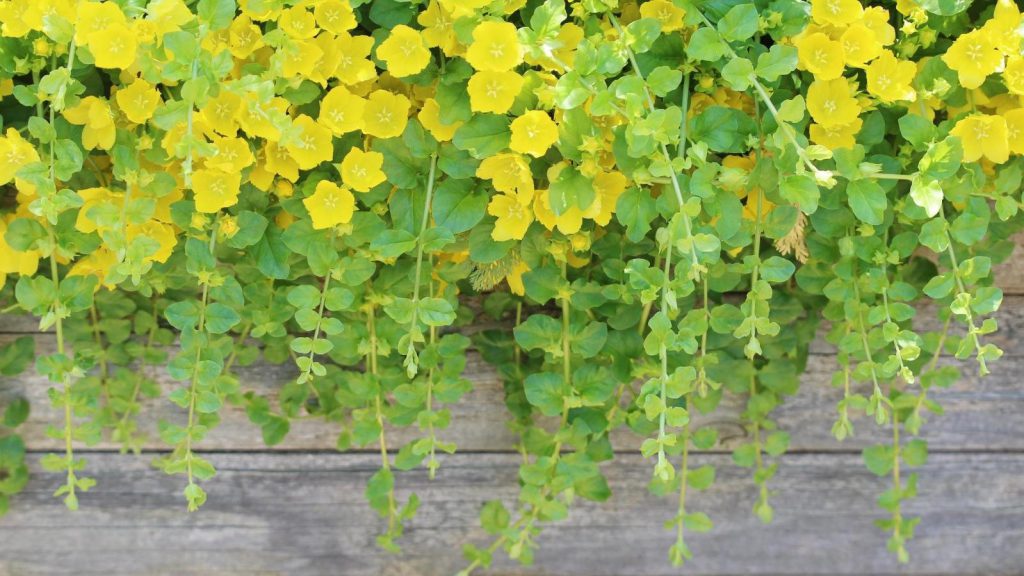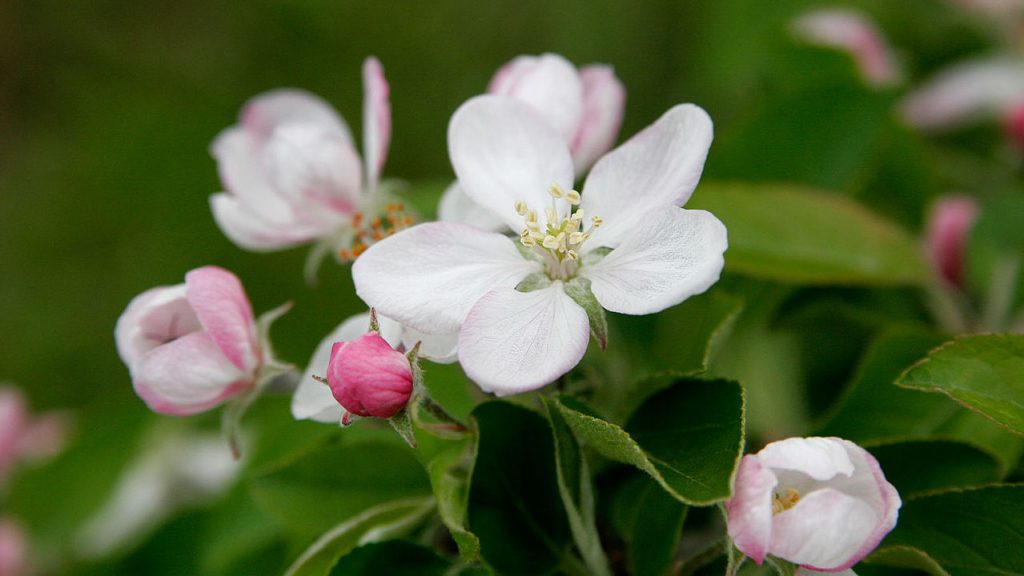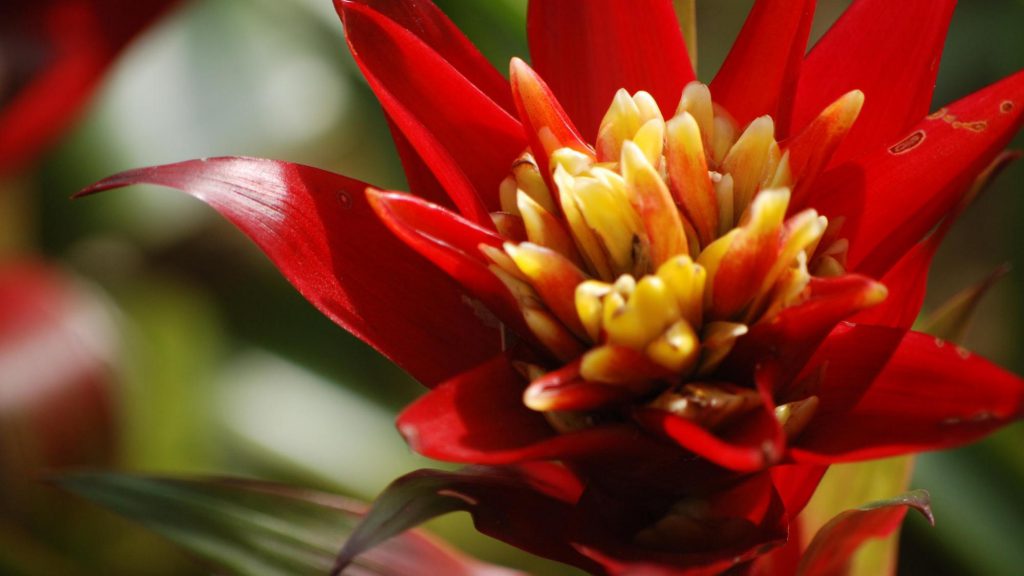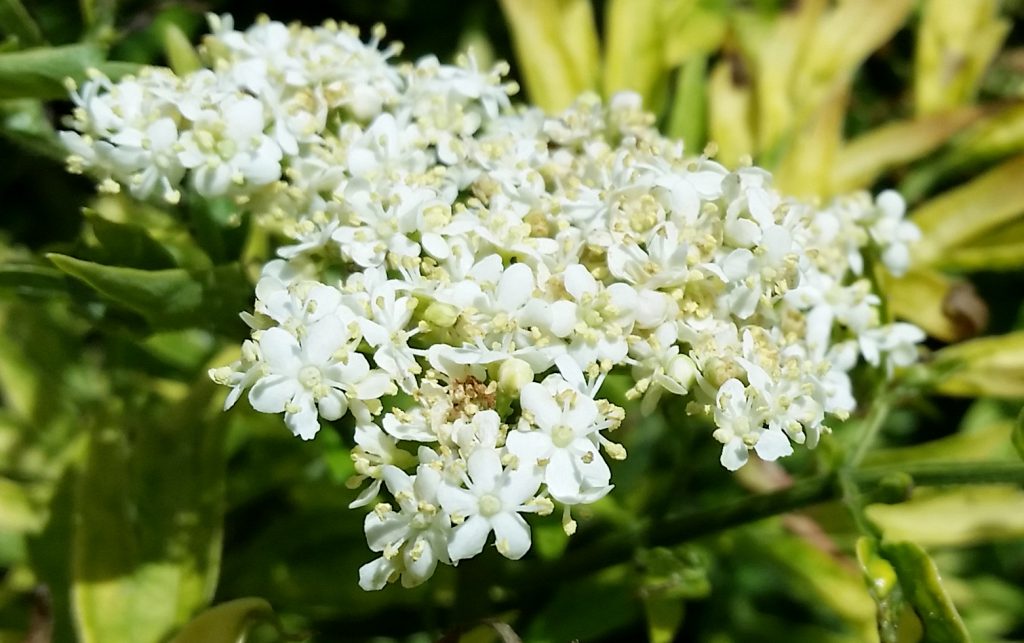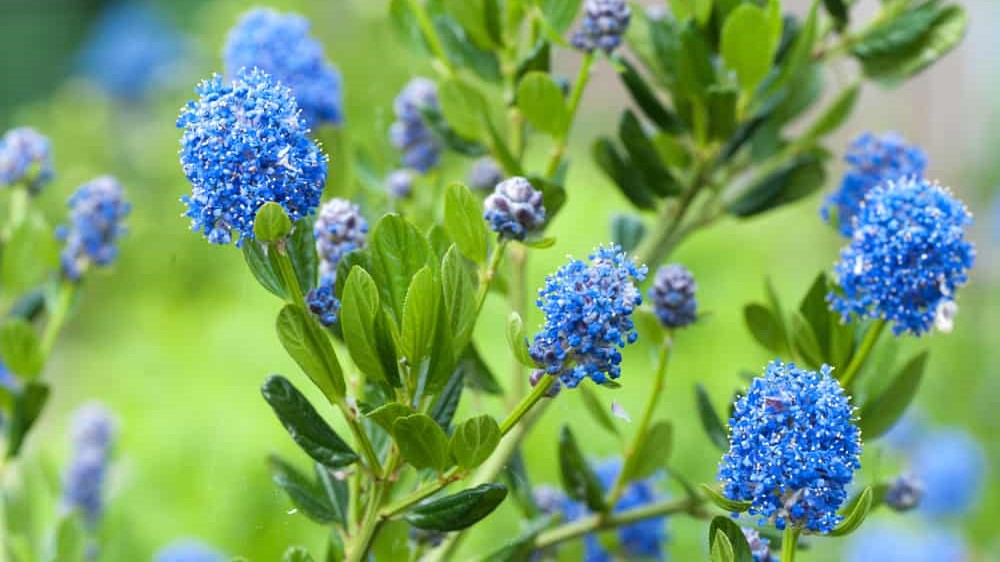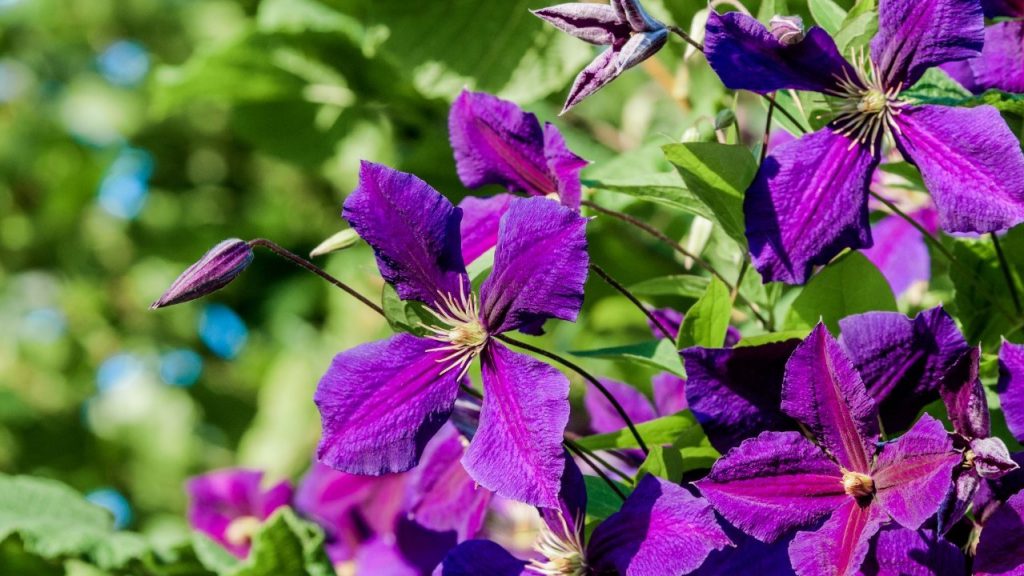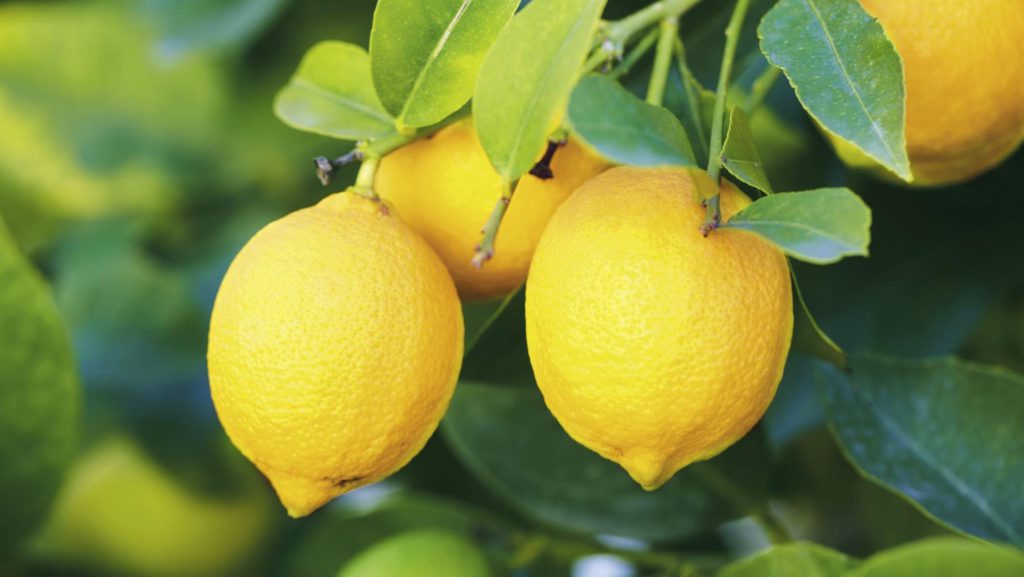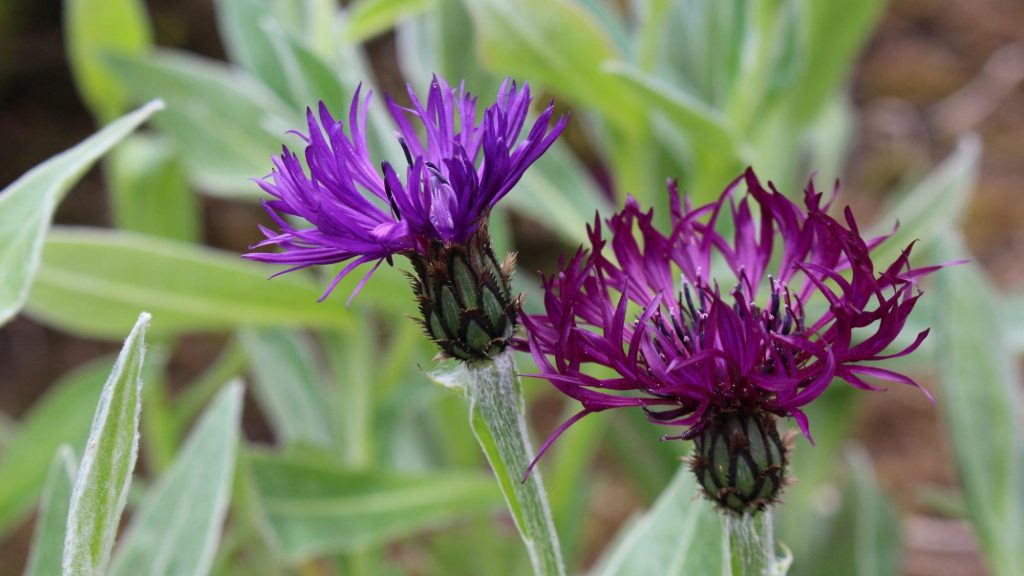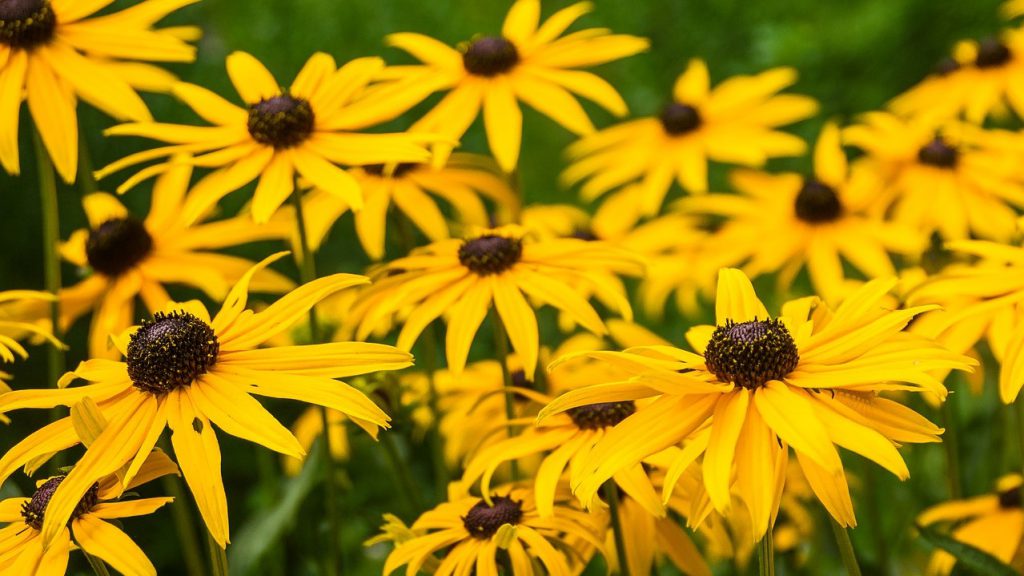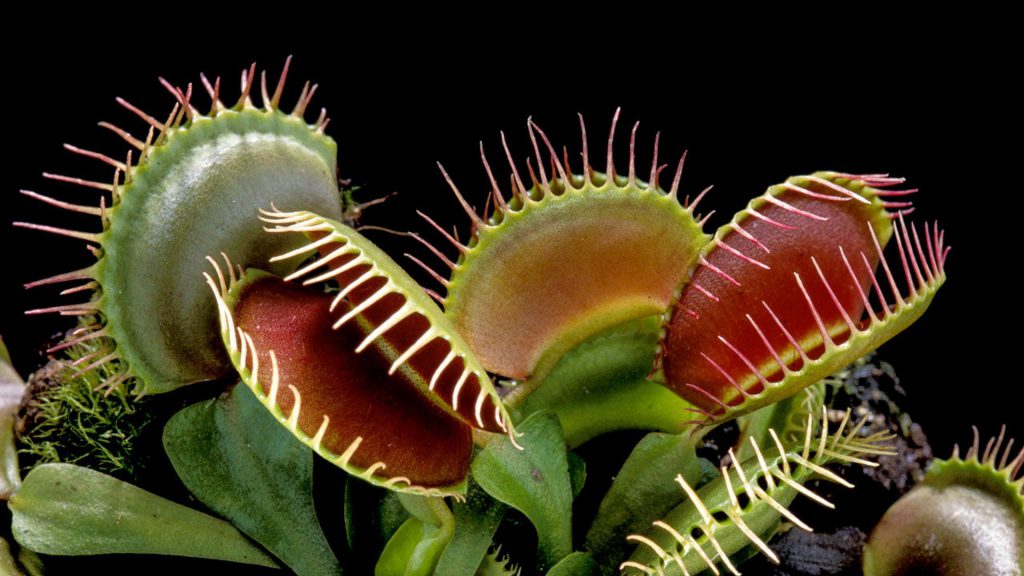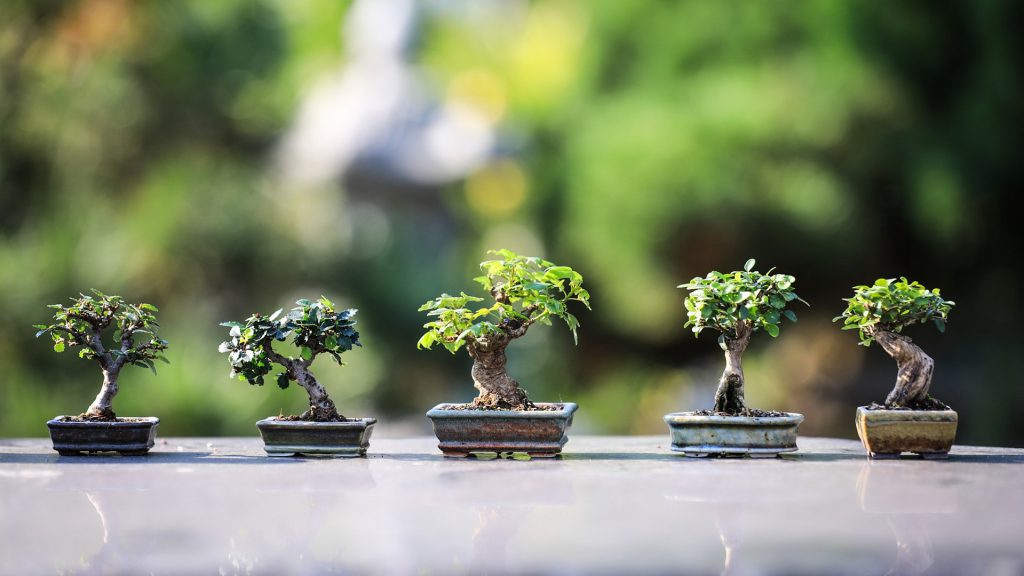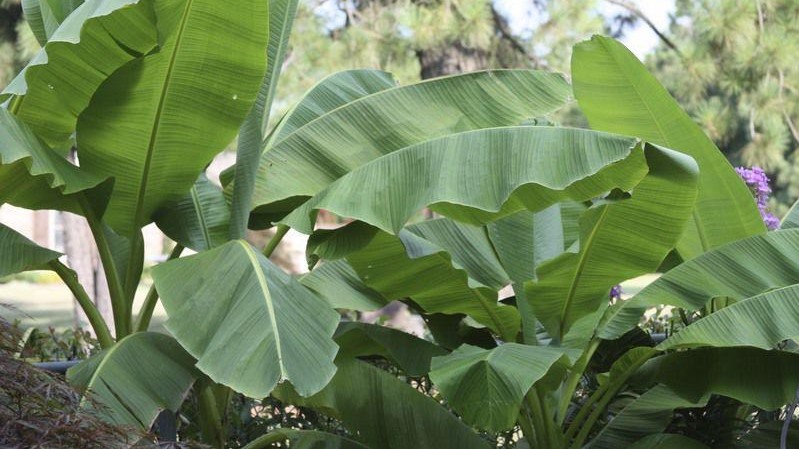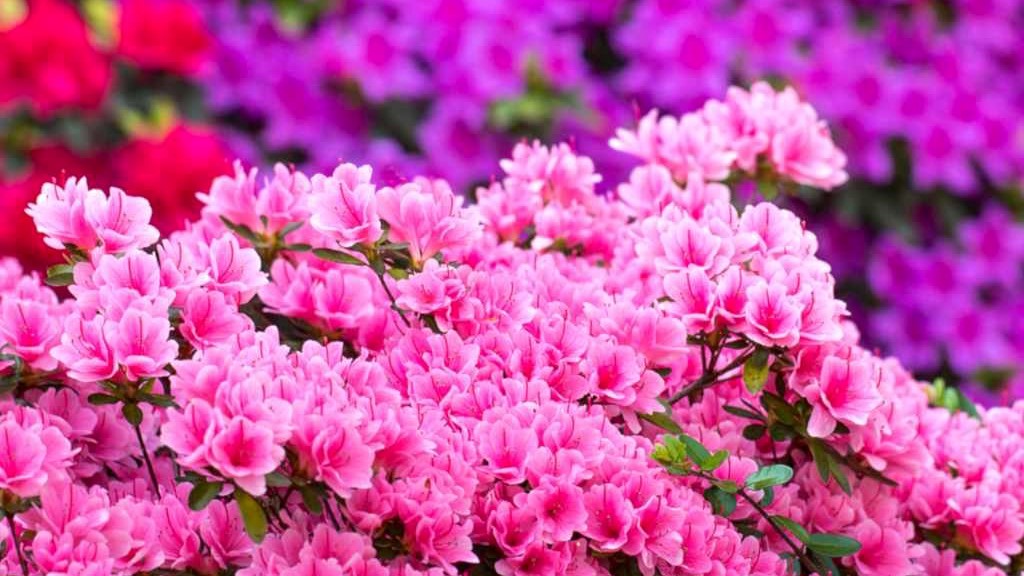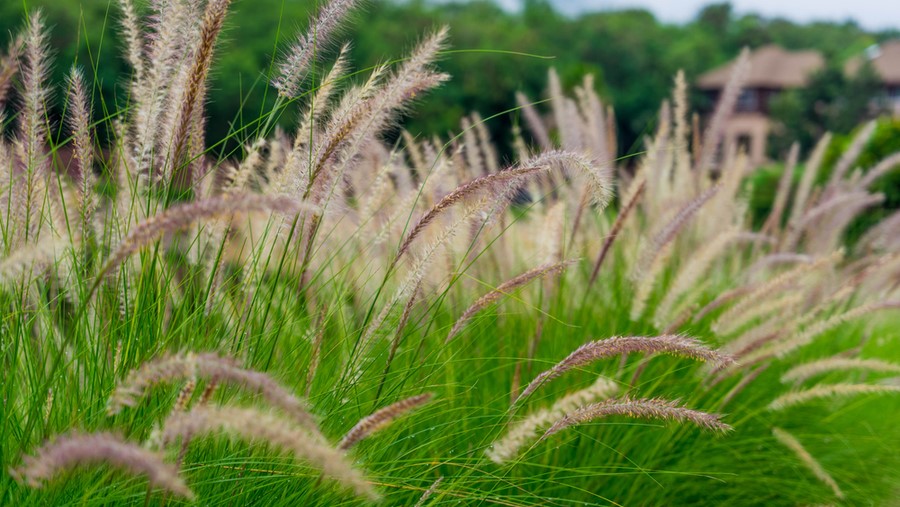Tates Plant Guides
10 of the Best Crab Apple Trees
Related to culinary apples, crab apples are small to medium-sized trees, bearing masses of spring blossom followed by small, apple-like fruits in August and September. These trees start blooming at a young age, often as early as two or three years old, making them an excellent choice for those seeking quick results. Crab apple trees…
Autumn is Here: It’s Time to Hedge Your Bets
Definitions of hedge include: A fence or boundary formed by a dense row of shrubs or low trees. A means of protection or defence. To do things that will prevent great loss or failure if future events do not happen as one plans or hopes. Hedging allows you to limit your losses. This is a…
Containers for Autumn and Winter
Writing an article about autumn-winter planted containers in the middle of a 30 °C heatwave does seem a little strange. Perhaps this is the new normal that climate change is going to bring us. Then again perhaps next week we will be back to wind and rain. This heatwave is not only exhausting for us…
Garden Plants for Pollinators
Why are Pollinators Important? Many flowering plants can only reproduce and create seeds by the process of pollination. Pollination involves moving pollen from the male part of a flower (the anther) to the female part of the flower (the stigma). A few plants can do this unaided, like broccoli; this is called self-pollination. Some plants,…
Hardiness Ratings of Plants
When searching for plants to buy, whether online or in person, you will often come across labels or descriptions that indicate a plant's ability to survive in different temperatures. These indicators may take the form of words, such as 'hardy' or a numbered code like 'H5'. It is important to understand what these indicators mean…
Native Plants for Ponds and Pond Margins
Ponds in the UK can attract a diverse range of wildlife, from tiny creatures to larger mammals. Insects such as water boatmen, pond skaters, and dragonflies are commonly found around ponds and rely on the water for their life cycle. Fish can also be found in larger ponds, while frogs, toads, and newts use ponds…
Clematis
April is a great time to start planting clematis in the UK. This beautiful climbing plant is a popular choice for gardeners, with its striking flowers and ease of care. Whether you're an experienced gardener or just starting out, planting clematis is a great way to add some colour and interest to your garden. What…
How to grow Tulips in containers
November is the perfect time of year to plant tulips for their joyful spring colour. They can be planted in the ground or in a pot which can be placed in full view as the bulbs burst into flower in spring. Here's our guide to planting and growing tulips in a pot. 1. Choose tulips…
How to grow garlic in containers
You don't need a large garden to grow garlic —you can grow it indoors, outdoors and virtually anywhere in a sunny spot. Garlic is relatively trouble-free and perfect for anybody wanting to grow fresh food at home. If you love garlic, then this is the step-by-step guide for you! Learn how to grow these delicious…
Keep your Roses blooming
It’s no secret that roses are one of the nations favourite plants and why wouldn’t they be? They bring so much to the garden; colour, scent, foliage, and versatility. Many of us are attracted to roses based on their colour or scent which is a great way to choose but once you have your rose,…
Managing Soil
To have healthy plants they need not only protection against diseases and pests but also to grow in soil with the appropriate nutrients for their needs. Different soils have different properties and so the advice we give to gardeners can depend on the type of soil the garden has. Although at first sight your garden…
Harmful Plants
Most of the plants grown in gardens do not present any hazard to humans or animals, and incidents of serious plant poisoning in the United Kingdom are rare. Nevertheless, it is a responsibility of gardeners to see that no avoidable risks are presented, and knowledge of potentially harmful plants should be gained. It is an…
Potatoes For Christmas
We provide quality Scottish seed potatoes. All our seed potatoes are sourced solely from accredited ‘Safe Haven’ members, carefully audited to guarantee quality potatoes, free of pests and disease. HOW TO PLANT SEED POTATOES FOR AUTUMN AND WINTER HARVESTS Most early potatoes take about 12 weeks from planting to cropping. Potatoes planted outside in the…
Potted and Container-Grown Christmas Trees
Cut trees are the most common and easiest way of buying your Christmas Tree, but other ways of purchasing your tree include potted and container-grown Christmas Trees. POTTED TREES 1. After purchasing, de-net as soon as possible. 2. Plant in a wooden barrel, terracotta or plastic pot in a good quality tree and shrub compost. 3. Please…
Caring For Cut Christmas Trees
CUT CHRISTMAS TREES There are a number of conifers grown commercially as Christmas trees but by far the most popular are Picea abies (Norway Spruce), and Abies nordmanniana (Nordmann Fir). The following tips should enable the trees to be kept in best condition over the festive season. Cut trees are most common…
Caring For Amaryllis
AMARYLLIS (HIPPEASTRUM (AMARYLLIS) The Amaryllis originated in South America's tropical regions. The large flowers and ease with which they can be brought to bloom make amaryllis popular and in demand worldwide. AMARYLLIS CARE The base and roots of the bulb should be placed in lukewarm water for a few hours. Remember, if you cannot plant…
Caring For Indoor Azalea
RHODODENDRON SIMSII (INDOOR AZALEA) The indoor Azalea comes from China. It will remain evergreen, and reward you with years of flowering if you look after it. INDOOR AZALEA CARE Azaleas like bright indirect light. An east or north facing window is ideal. Do not put near a radiator or other heat source. Azaleas need to…
Caring For Indoor Cyclamen
CYCLAMEN PERSICUM (CYCLAMEN) One of the most popular winter pot plants. It originates as a wild flower in Turkey and has been in cultivation for more than 100 years. If you look after your Cyclamen it will flower year after year. INDOOR CYCLAMEN CARE Bright indirect light, such as a North-facing windowsill is ideal. A…
Caring For Christmas Cactus
SCHLUMBERGERA (CHRISTMAS CACTUS) Christmas cacti come from forests where they grow not in the soil, but attached to trees. They are very easy to care for and will flower year after year. or cream) coloured parts are not actually flowers but modified leaves called bracts. The real flowers are tiny, yellow and at the centre…
Caring For Poinsettia
EUPHORBIA PULCHERRIMA (POINSETTIA) A part of Christmas celebrations for centuries in its native Mexico, the Poinsettia makes a beautiful decoration which will, with care, bloom next Christmas too. The red (or pink or cream) coloured parts are not actually flowers but modified leaves called bracts. The real flowers are tiny, yellow and at the centre…
Growing Potatoes
Why not grow your own potatoes? Not only will you save a lot of money but you will also have a reliable source of unadulterated, freshly dug potatoes. Hugely versatile, potatoes can be roasted, mashed, chipped or baked – and are a real summer treat when freshly dug and lightly boiled with mint. There are…
Plants For Autumn & Winter Colour
Many of the plants mentioned below can be viewed on our Plant Finder. AUTUMN INTEREST Many shrubs, trees and plants have spectacular coloured leaves and berries that often linger into the winter. Every garden will benefit by having a few. SHRUBS WITH AUTUMN LEAF INTEREST Acer (Japanese Maple): many varieties boasting spectacular autumn colour. Amelanchier canadensis…
Encouraging Birds & Wildlife Into Your Garden
Whether your garden is large or small, backs onto open land or is in the middle of a town, you can encourage a surprisingly large variety of wildlife, especially birds and butterflies, into your own private ‘nature reserve’. By having the right plants in your garden, you will offer food and protection for the survival…
Terrarium Planting
Indoor gardening with terrariums is a fun and attractive way to incorporate plants into any home décor, a hobby that dates back to Victorian times. Traditionally ‘closed’, made of curved glass with a tight-fitting lid, a terrarium has a base of gravel, charcoal, moss, and soil, and supports a miniature garden of moisture-loving plants. The…
Growing Stone Fruits
POSITION Don’t plant a fruit tree where the same type of tree has grown before A warm, sheltered sunny spot, with deep soil for sweet cherries. If it is too cool they will produce poor quality fruit and they tend to be short-lived in shallow soil. Acid cherries are less fussy. Figs like lots of…
Soft Fruit, Cane Fruit & Grapes
SOFT & CANE FRUIT The most common soft fruits are blackberries, blackcurrants, red and white currants, gooseberries, loganberries, raspberries and strawberries. Usually expensive in the shops, soft fruits are ideal crops for even small gardens, and any surplus can easily be frozen. As well as the well known varieties, we often stock more unusual soft…
Trees, Shrubs & Small Gardens
Shrubs are permanent, versatile living parts of gardens and can be used in many ways. These include shrub and mixed borders, as hedges, windbreaks and focal points towards the end of a garden. They can also be used as specimen plants in lawns, shaped into topiary figures and planted in containers. Nowadays, few gardens are…
Plants For Shade
If you have a shady corner in your garden or even one in complete shade, don't despair. An apparent disadvantage can be turned into an advantage as a wide range of plants actually prefer partial or even complete shade. Should your garden be sunny then you could create a shady nook behind trees and grow…
Growing Roses
POSITION Roses need sun, shelter, fresh air and free draining, deep soil. They do not like waterlogged soil, shallow chalk nor being too exposed or too enclosed. If your soil is chalky and shallow dig the area where you want to plant the rose thoroughly and mix in compost as you go. This may mean…
Rabbit & Deer Resistant Plants
RABBITS Rabbits often live together in colonies and under ideal conditions are prolific breeders. They are a menace in rural and semi-rural gardens, and can cause considerable damage. They feed on a very wide range of ornamental plants, fruits and vegetables. New plantings and soft growth in spring may be eaten, even on plants that…
Onions, Shallots & Garlic
Onions are a biennial crop, producing foliage in their first season and over-wintering as a bulb before flowering in their second year. Commercial onion sets are immature bulbs that have been specially grown for planting. There are several advantages in using sets rather than seed. They are quick maturing, succeed in northern areas where seed…
Growing Tree Ferns
In old, well-grown specimens, the wide-spreading crown of fronds may be seen to rise at a distance, above the ground from a thick stem. Dryopteris filix-mas (Common Male Fern) is the most common example. Higher and thicker trunks are occasionally presented by Osmunda regalis (Royal Fern), growing up to 75cm height. Some tropical members and…
Growing Palm Trees
WHAT IS A PALM ‘Palm’ is a term commonly used to describe a plant that carries a cluster of large leaves at the top of an unbranched stem or trunk. This is sometimes known as a head or crown. A true palm is actually from the Palmae or Arecaceae family. This family has over 200…
Organic Gardening
Organic gardening entails growing plants of all types, in particular vegetables and fruit, without the aid of artificial chemicals for feeding, pest and disease control, soil conditions or weeding. FEEDING Organic fertilisers should be selected to ensure that plants receive the right balance of plant foods that they require. The main plant foods are: …
Caring For Orchids
CULTURAL NOTES Prized for their exotic, long-lasting flowers, orchids are usually regarded as difficult plants that are suitable only for growing under controlled greenhouse conditions, but several species can be grown successfully in the home. Some species of orchid are terrestrial, growing in soil, but most of those grown as indoor plants are epiphytic and…
Plants For Moist Conditions, Bog Gardens & Ponds
If your soil is permanently moist either simply because of its nature or if drainage is obstructed, there are many attractive shrubs, trees and flowers which you can enjoy in your garden. Even if you have quick drying soil like chalk, you can still enjoy a range of moisture lovers if you create a bog…
Creating & Maintaining The Perfect Lawn
CREATING THE PERFECT LAWN SOIL PREPARATION The lawn is usually the focal point of the garden. If it is in poor condition, the whole garden looks a mess. When making a new lawn, careful attention must be paid to site preparation, drainage and the selection of turf or seed. Carelessness at this stage is…
Growing Herbs
CULINARY, MEDICINAL AND ORNAMENTAL HERBS A space can be made in every garden for at least a few herbs. Most enjoy a sunny, warm site and, as many are low growing, take up little room. They look attractive in borders, planted in hanging pots or half wheels, in tubs on warm patios, in window boxes,…
Plants For Hedging
Hedges provide a much more interesting living boundary than fences. They can be high to screen unsightly objects within or outside the garden. Privacy and even some soundproofing from neighbours can be achieved. Thick hedges can form effective windbreaks not only making gardens more comfortable but, in windy sites, especially near the coast, enabling a…
Plants For Ground Cover
There are many reasons for seeking out spreading plants. Many provide attractive ground cover to fill extensive spaces, perhaps under trees or large shrubs. They also smother weeds, reducing this time-consuming chore. Finally, they eliminate much maintenance for busy people and the young at heart. In short, the sensible use of ground cover plants can…
Growing Fruit Trees
POSITION AND PREPERATION Do not plant a tree where one of the same type has grown before. Apples, cherries and plums need a sunny, sheltered site with good soil. If your soil is shallow, sandy or chalky dig in a reasonable amount of compost prior to planting. If you are planning to grow one of…
Plants For The Conservatory & Greenhouse
If you own a conservatory, greenhouse or even an enclosed porch then you may have everything you need to grow an exciting range of plants. They are unique structures offering a well-lit, frost free and protected environment perfect for growing ‘Mediterranean’ type plants that cannot be grown anywhere else in the home or garden. This…
Plants For Coastal & Exposed Sites
For people, the coast is a great place to be but for plants, it can be a challenge. There is a limited list of plants that thrive in coastal conditions, and there are degrees of tolerance depending on how close you are to the sea. Plants that tend to survive at least a degree of…
Climbing Plants & Wall Shrubs
Any garden, large or small, will benefit from some climbers. Whether covering walls or fences, arbors or obelisks, or just weaving through trees and shrubs, climbers can create and enhance the vertical dimension of the garden, especially where ground space is limited. Climbers are especially useful for screening unsightly walls or fences or for softening…
Growing Clematis
Clematis is the common name given to members of the plant genus Clematis, which in turn belongs to the family Ranunculaceae. This family also includes garden flowers such as anemones and delphiniums, with the buttercup as a native example. The word ‘clematis’ is derived from the Greek word klema meaning ‘vine-branch’, reflecting the way the…
Growing Citrus
Citrus make interesting and attractive indoor plants for year-round interest, with scented flowers in spring followed by decorative and edible fruit. COMPOST Grow citrus plants in a citrus compost, repot during the late winter or early spring before new growth begins, as they dislike root disturbance. Plants in smaller pots may need repotting every 2-3…
Plants For Chalky or Quick Draining Soils and Drought
Living in a chalky area means that your soil dries out very quickly, can be relatively shallow and lack nutrients that some plants require. Luckily, most plants will grow easily in chalk or lime soils (pH 8) and those that particularly thrive are shown in this leaflet. It does not mean, however that those not…
Plants For Heavy Clay Soils
Clay soils are cursed by those who have them: either wet or sticky or then, overnight, becoming cracked and dry. They can be alkaline or acid. Use a soil tester to ascertain which they are inclined to be. If they are a little acid, you may be able to plant some acid lovers if you…
Carnivorous Plants
Carnivorous plants, sometimes called insectivorous plants, are any plant adapted for capturing and digesting insects and other animals. They trap and extract food from other living organisms to supplement the lack of nutrients in their habitats. They have food collection mechanisms that include traps, pitchers, sticky pads or suction techniques. An ever popular group of…
Caring For Bonsai
A bonsai tree is a miniature tree that is planted within a container. In fact, the term “bonsai” literally means “planted in a container” in Japanese. Bonsai refers to the art of cultivating these small trees and is an integral part of Japanese culture dating back to the early 14th century. Once enjoyed by only…
Caring For Banana Plants
POSITION Bananas can grow in sun or shade. If they are grown in full sun they should receive more water because the leaves will fold down during the hottest part of the day. Hot sun will sometimes burn the leaves of full-sun grown bananas. If you wish to keep your banana plants looking good at…
Plants For Acid Soils
Almost all acid soil lovers listed are ideal for cultivating in containers planted up with Ericaceous compost: the plants in pots look superb on a patio or ‘dotted’ and moved around to fill up colour gaps in borders. The only other alternative to the chalk soil problem is to have a genuine raised bed into…
Architectural Plants & Ornamental Grasses
Plants with architectural merit add style and character to a garden, and many are ideal in stature to grow in their own attractive container. Combining plants with varying leaf shapes and plant heights really adds interest and it is worth considering a few 'architectural' plants in any size garden for their distinctive shape and form.…





